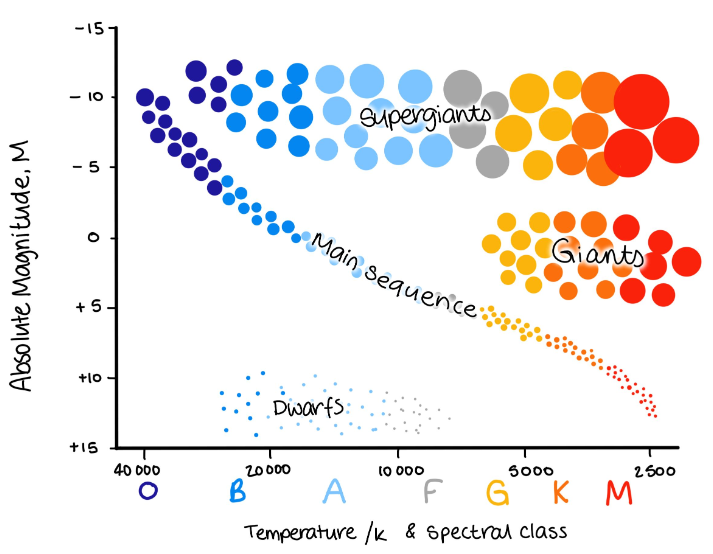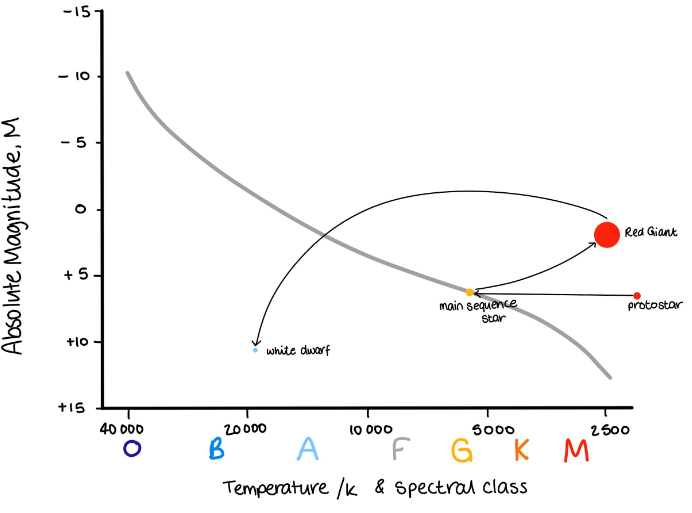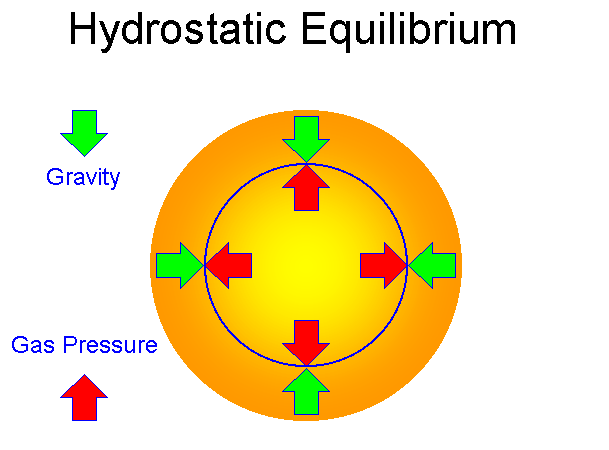Intro to Stars
1/33
Earn XP
Name | Mastery | Learn | Test | Matching | Spaced |
|---|
No study sessions yet.
34 Terms
Protostar
A very hot, very dense sphere of condensing dust and gas that is on the way to becoming a star
• gravitational attraction of dust and gas particles pull them towards each other
• gravitational potential energy is transferred to thermal energy.
Main sequence
The main period on an H-R diagram in a star's life, during which it is stable
an object in orbit around a star which:
• has a large enough mass for its own gravity to give it a round shape
• has no fusion reactions
• has cleared its orbit of most other objects
Hertzsprung - Russell (HR) diagram

Annotate the Hertzsprung-Russell diagram to show
the Sun’s evolution.
Slight curve upwards from red giant is important

the remnant core of a red supergiant after the it has gone supernova and the core (which has a mass greater than the Chandrasekhar limit) has collapsed under gravity to an extremely high density.
• the fusion process in the core slows down
• gravitational forces are greater than gas and radiation pressures
• the core begins to collapse
• as the core shrinks, the pressure increases enough to start fusion in a shell around the core
• no fusion takes place in the core since temperatures are not high enough
• fusion takes place in the shell around the core, causing the periphery of the star to expand
The layers around the core implode and bounce off the solid core, ejecting all the core material into space
their reactions need energy to be taken in, rather than releasing energy like the lighter elements.
Hydrostatic equilibium
The balance between inward and outward forces within a star; compressing force of gravity balanced by radiation and gas pressure which push outwards from the core
